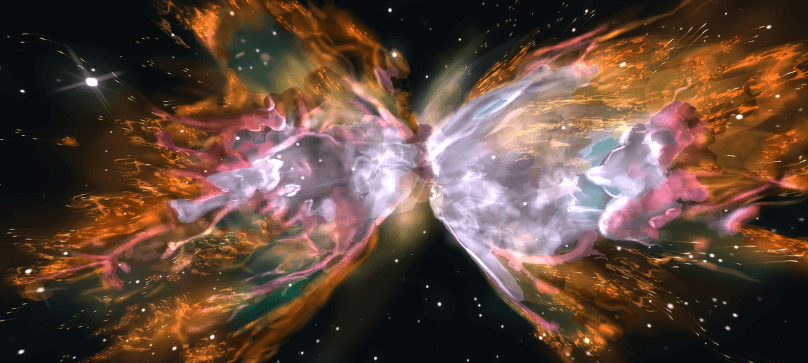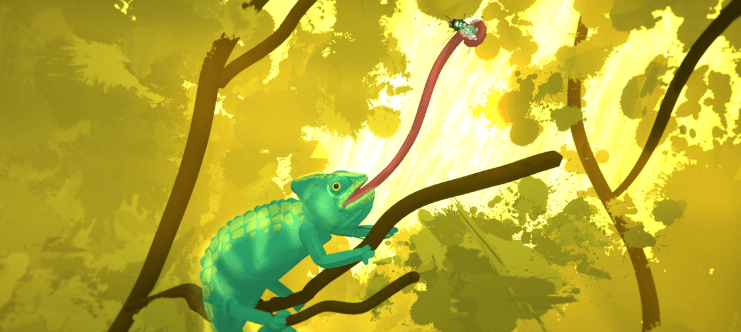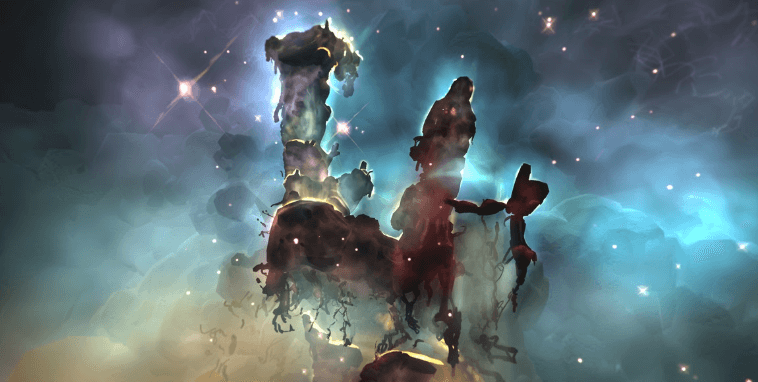Traditional art tools—brushes, canvases, clay—confine creativity to physical limits. Open Brush shatters these boundaries, transforming virtual reality into an infinite studio where art exists in three dimensions. Imagine sculpting light, painting with fire, or leaving trails of stardust as you move—this is the promise of VR art. But why does it matter now? From sold-out immersive exhibits like Sydney’s Bubble Planet to robotic arms mimicking human painters, technology is redefining how we create and consume art. Open Brush isn’t just another app; it’s a portal to a new creative frontier.
Redefining Art in Virtual Space
Consider the rise of VR-driven experiences: Bubble Planet’s 10-room spectacle (including a VR infinity chamber) sold out globally, proving audiences crave multisensory engagement. Meanwhile, robots like Kawada’s Nextage collaborate with artists to blend precision with human flair. Open Brush bridges these worlds, offering tools that merge instinctive expression with digital possibility. Unlike robotic systems bound by algorithms, Open Brush empowers you to dictate every stroke, curve, and explosion of color—no coding required.

Think beyond flat screens and static galleries. VR art democratizes creation: Philadelphia’s youth already use VR to design public spaces and prototype robotics. What if your living room became a collaborative mural? What if art could wrap around you, responding to your movement? Open Brush makes this tangible. It’s not just about painting—it’s about reimagining reality itself. Ready to step inside the canvas?
Tools, Collaboration, and Tangible Impact
Open Brush’s toolset transcends conventional VR painting apps. Unlike flat-screen alternatives or robotic systems like Kawada’s Nextage—which rely on pre-programmed algorithms or human-guided physical brushes—Open Brush offers dynamic, physics-driven brushes that respond to velocity, rotation, and even ambient “air resistance” within the virtual environment. Paint with a fire brush that flickers and spreads, or a gravity-defying plasma stream that coils like smoke. A Philadelphia student recently used these tools to prototype a kinetic sculpture for a city park, exporting the 3D model to a robotic arm for fabrication—blending VR experimentation with real-world engineering.

Collaboration thrives here. While Bubble Planet’s infinity chamber wows audiences with passive immersion, Open Brush enables real-time co-creation. Host a live session where artists in Tokyo, Berlin, and Sydney manipulate the same holographic canvas—scaling it to room-sized proportions or miniaturizing details to millimeter precision. One collective recreated Amsterdam’s Van Gogh Museum as a pulsating lightscape, later adapted into a 400-piece puzzle in Puzzling Places. This cross-medium fluidity—from VR art to tactile puzzles—exemplifies Open Brush’s role as a bridge between digital and physical realms.
Precision meets spontaneity. Robotic arms like E-David achieve photorealistic reproductions but lack Open Brush’s improvisational freedom. Toggle between “artist” and “architect” modes: Sketch freeform abstractions, then switch to grid-snapped vectors for structural designs. A tip? Layer “guide strokes” as invisible anchors—like a sculptor’s armature—to maintain proportion in complex pieces. Avoid overloading scenes with particle effects; too many dynamic elements can crash older headsets.
Democratization isn’t theoretical. Level Up Philly’s students—many from underserved communities—used Open Brush to reimagine public spaces, exporting VR designs to 3D printers and autonomous “robot dogs” that mapped terrain for installations. “We’re not just teaching tech,” says instructor Mara Campbell. “We’re showing how VR art can influence city planning.” Stats underscore this: 73% of participants in their 2024 cohort pursued STEM careers, citing Open Brush’s tactile prototyping as a catalyst.
Yet challenges persist. Motion sickness plagues some users during rapid movements—mitigate this by enabling “teleportation” navigation instead of free locomotion. Hardware disparities also matter: A $300 headset can’t render the same fluid particle density as a $1,500 setup. However, Open Brush’s “adaptive resolution” feature auto-adjusts visual complexity, ensuring accessibility without sacrificing core functionality.
Unexpected applications emerge. VR ravers in platforms like VRChat use Open Brush to design hallucinogenic club environments—think kaleidoscopic tunnels that pulse with beat-driven animations. One artist, Ru, built a shape-shifting dance floor that morphs based on crowd proximity, blending art with interactive architecture. “In VR, your canvas isn’t static—it’s a living space,” he says. This ethos extends to education: Teachers host history lessons where students paint 3D dioramas of ancient Rome or molecular structures.

Future-proofing creativity requires adaptability. Open Brush’s open-source framework lets users code custom brushes—like a “watercolor” tool that simulates pigment diffusion—or integrate AI plugins that suggest compositional adjustments. But remember: Automation is a tool, not a replacement. As Bubble Planet’s creators learned, audiences crave human-centric wonder—something no algorithm can replicate.
Bridging Imagination and Impact
Open Brush transforms VR from a novelty into a catalyst for redefining creativity’s role in society. Unlike passive spectacles like Bubble Planet’s infinity chamber—a sold-out immersive exhibit—Open Brush demands active participation, turning observers into creators. Its tools don’t just mimic reality; they expand it, enabling projects that leap from virtual sketches to tangible outcomes. Take inspiration from Philadelphia’s youth: Use Open Brush to prototype public art or engineer solutions, then export designs to 3D printers or robotic systems like Kawada’s Nextage. This isn’t just art—it’s a blueprint for innovation.
Prioritize cross-medium experimentation. Collaborate globally, then adapt VR creations into formats like Puzzling Places’ 400-piece puzzles or interactive VRChat rave environments. Balance freedom with strategy: Enable teleportation navigation to avoid motion sickness, and use “guide strokes” to maintain structural integrity in sprawling pieces. Remember—73% of Level Up Philly’s students pursued STEM careers after using Open Brush, proving VR art fosters technical fluency alongside creativity.
Stay ahead of trends. While Bubble Planet’s infinity rooms wow audiences, Open Brush’s open-source framework lets you code custom brushes or integrate AI suggestions—tools that evolve with your skills. But heed this warning: As Sydney’s immersive exhibit proves, audiences crave human-centric wonder. Use automation sparingly; your intuition remains irreplaceable. Future-proof your work by merging VR’s limitless canvas with real-world applications—like Philly’s robot dogs mapping terrain from virtual designs.
Your next step? Host a co-creation session. Invite collaborators to sculpt lightscapes, then export them as puzzles, AR filters, or robotic blueprints. Open Brush isn’t just a tool—it’s a movement. Will you paint the future or watch it unfold?

